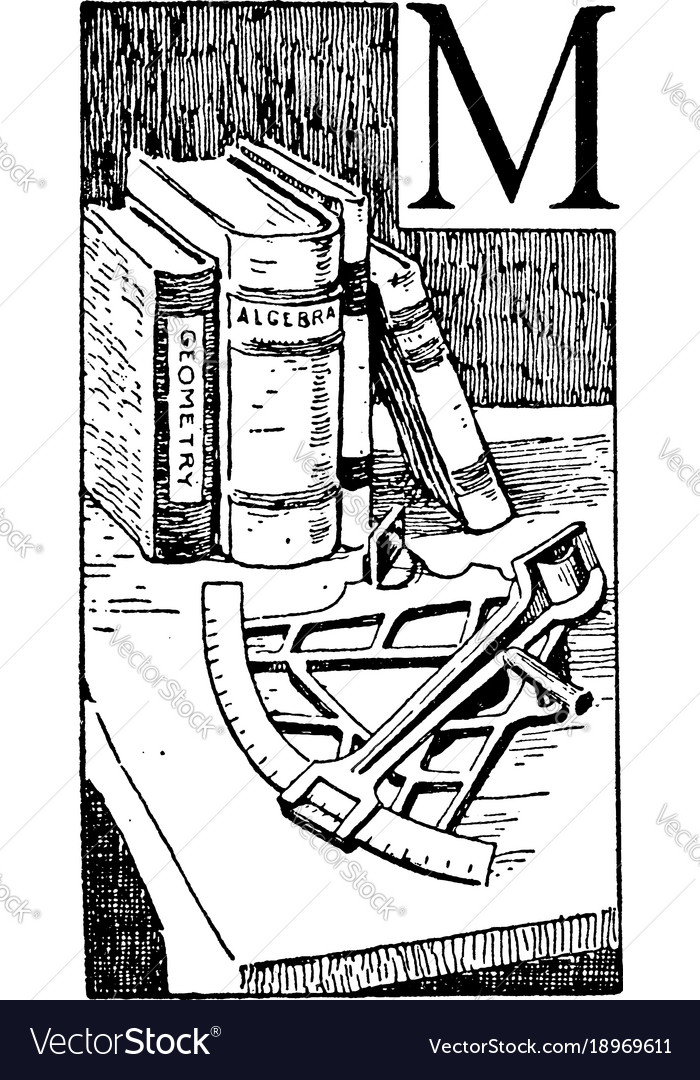

Each of the free textures is 3508 × 2480px, and will give your designs a rough, retro printed look. They go on to interpret the significance of their answers, noticing patterns and making generalizations, explaining their reasoning verbally and in writing, listening to the reasoning of others, and building their understanding. English designer Sam Jones enjoyed created a set of streaky ink texts for a project so much that he created a further five vintage textures to give away. The value of a problem-based approach is that students spend most of their time in math class doing mathematics: making sense of problems, estimating, trying different approaches, selecting and using appropriate tools, and evaluating the reasonableness of their answers. The goal is to give students just enough background and tools to solve initial problems successfully, and then set them to increasingly sophisticated problems as their expertise increases. In the process, students explain their ideas and reasoning and learn to communicate mathematical ideas.

Teachers help students understand the problems and guide discussions to be sure that the mathematical takeaways are clear to all. In a problem-based curriculum, students work on carefully crafted and sequenced mathematics problems during most of the instructional time.

Dive further into the world of Wild Design by picking up a copy from Bookshop.Research-driven, problem-based curriculum. These structures are simultaneously beautiful and crucial to life on Earth and include the sprawling mycelium networks connecting life above and below ground, the papery, hexagonal cells comprising honeycomb, and a spider’s funnel-like web tailored to trap its prey. Wild Design: Nature’s Architects by author Kimberly Ridley pairs dozens of vintage illustrations-spot the work of famed German biologist Ernst Haeckel ( previously) among them-with essays detailing the function of the striking phenomena, from the smallest organisms to the monumental foundations that extend across vast swaths of land. All images from Wild Design: Nature’s Architects by Kimberly Ridley, published by Princeton Architectural Press, shared with permission of the publisherįocusing on the patterns and shapes that structure the planet, a new book published by Princeton Architectural Press explores the science behind a trove of organically occurring forms. Ernst Haeckel, Kunstformen der Natur, 1904.


 0 kommentar(er)
0 kommentar(er)
